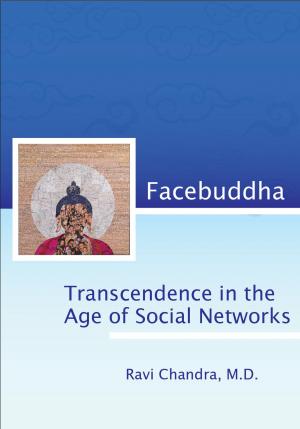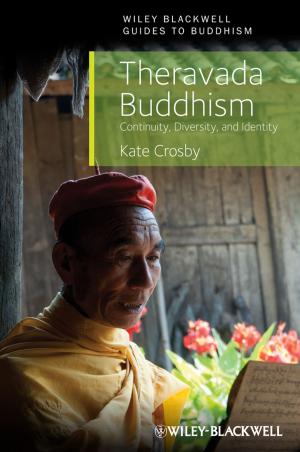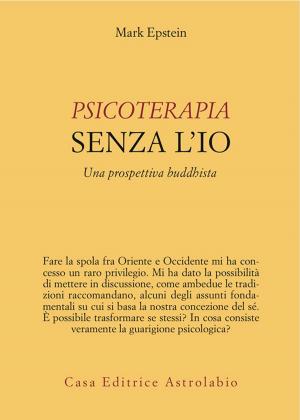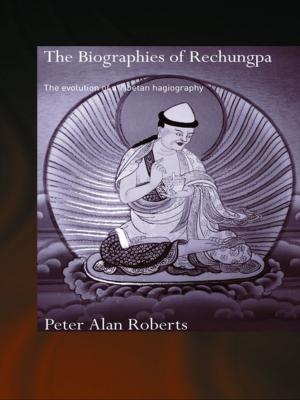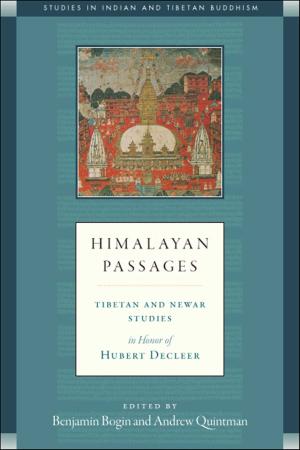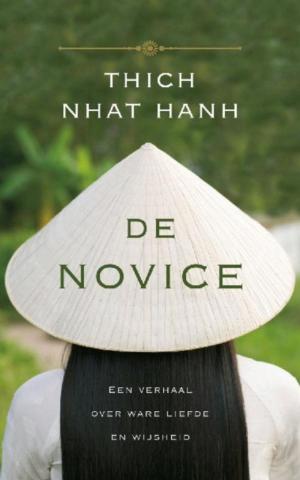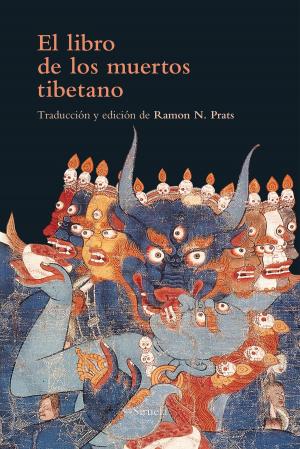Life in Relation to Death
Second Edition
Nonfiction, Religion & Spirituality, Eastern Religions, Buddhism| Author: | Chagdud Tulku Rinpoche | ISBN: | 9781881847502 |
| Publisher: | Padma Publishing | Publication: | January 10, 2000 |
| Imprint: | Language: | English |
| Author: | Chagdud Tulku Rinpoche |
| ISBN: | 9781881847502 |
| Publisher: | Padma Publishing |
| Publication: | January 10, 2000 |
| Imprint: | |
| Language: | English |
Since its original publication in 1987, this book has fulfilled the wish of His Eminence Chagdud Tulku Rinpoche that it provide brief but profound instructions on preparing for death. Because it is short and accessible, it has been read by a wide range of people, many of whom have commented that it is a book they feel comfortable giving to their elderly parents or to friends who are dealing with life-threatening illnesses. A rich array of literature about the transitions of death is now available from Buddhists and teachers in other traditions, as well as from hospice workers, counselors, and memoir writers. Life in Relation to Death maintains its place among these writings by the practicality of its advice and by the powerful, beneficial intention of Chagdud Rinpoche. The publication of this second edition created an opportunity to include some additional practical information. To that end, although the original text remains essentially unchanged, four appendixes containing sample documents have been added. The first is a Durable Power of Attorney for Health Care, the second a Living Will for life-support treatment, the third miscellaneous statements related to the two preceding documents, and the fourth a letter of instructions from a Buddhist practitioner regarding final arrangements. Putting worldly affairs in order can be an important spiritual process. Writing a will enables us to look at our attachments and transform them into generosity. Having written a will, we should offer a dedication prayer that our wealth, possessions, virtue, and merit not only benefit those who receive them directly, but also enhance the prosperity and happiness of all beings in all realms of existence. Through the positive, selfless intention of this prayer, we increase the scope of our generosity tremendously. Working through the decisions about life-support treatment in order to write a living will allows us to rehearse possible scenarios of dying and transform them into a powerful recognition of impermanence. Our compassion turns to those who die in a coma with their choices left unexpressed, helpless if their preferences are violated. Once we have written our instructions for life-support treatment, we can face the possibilities of the dying process—including medical emergencies or coma states—with greater confidence. We know we have done what we can, and even if our instructions were not followed precisely, it would not be because of our own lack of foresight. Similarly, writing a letter of instructions for our final arrangements affords a special opportunity to relieve our loved ones of difficult decisions and to respond to their sorrow with forethought and compassion. As we think about what we need or would wish in order to die in peace, as we envision our own funeral, the persistent tendency to distance ourselves from death dissipates and we gain an invaluable measure of equanimity. Chagdud Tulku Rinpoche was born in eastern Tibet in 1930. At age four he was recognized as abbot of Chagdud Gonpa, a centuries-old monastery and one of the few that would survive destruction by the Chinese Communists. He received extensive training from many great lamas and belongs to the last generation of teachers to have inherited the vast wealth of Vajrayana Buddhist teachings and methods while still living in Tibet. He had a special affinity for the sacred arts, for Tibetan medicine, and he was renowned for his wonderful chanting voice. In 1959 Rinpoche went into exile and, during the two decades that followed, served the Tibetan community in India and Nepal as lama and physician. He was widely known for his ability to heal, and he trained many people in the technique of p’howa, the transference of consciousness at the moment of death.
Since its original publication in 1987, this book has fulfilled the wish of His Eminence Chagdud Tulku Rinpoche that it provide brief but profound instructions on preparing for death. Because it is short and accessible, it has been read by a wide range of people, many of whom have commented that it is a book they feel comfortable giving to their elderly parents or to friends who are dealing with life-threatening illnesses. A rich array of literature about the transitions of death is now available from Buddhists and teachers in other traditions, as well as from hospice workers, counselors, and memoir writers. Life in Relation to Death maintains its place among these writings by the practicality of its advice and by the powerful, beneficial intention of Chagdud Rinpoche. The publication of this second edition created an opportunity to include some additional practical information. To that end, although the original text remains essentially unchanged, four appendixes containing sample documents have been added. The first is a Durable Power of Attorney for Health Care, the second a Living Will for life-support treatment, the third miscellaneous statements related to the two preceding documents, and the fourth a letter of instructions from a Buddhist practitioner regarding final arrangements. Putting worldly affairs in order can be an important spiritual process. Writing a will enables us to look at our attachments and transform them into generosity. Having written a will, we should offer a dedication prayer that our wealth, possessions, virtue, and merit not only benefit those who receive them directly, but also enhance the prosperity and happiness of all beings in all realms of existence. Through the positive, selfless intention of this prayer, we increase the scope of our generosity tremendously. Working through the decisions about life-support treatment in order to write a living will allows us to rehearse possible scenarios of dying and transform them into a powerful recognition of impermanence. Our compassion turns to those who die in a coma with their choices left unexpressed, helpless if their preferences are violated. Once we have written our instructions for life-support treatment, we can face the possibilities of the dying process—including medical emergencies or coma states—with greater confidence. We know we have done what we can, and even if our instructions were not followed precisely, it would not be because of our own lack of foresight. Similarly, writing a letter of instructions for our final arrangements affords a special opportunity to relieve our loved ones of difficult decisions and to respond to their sorrow with forethought and compassion. As we think about what we need or would wish in order to die in peace, as we envision our own funeral, the persistent tendency to distance ourselves from death dissipates and we gain an invaluable measure of equanimity. Chagdud Tulku Rinpoche was born in eastern Tibet in 1930. At age four he was recognized as abbot of Chagdud Gonpa, a centuries-old monastery and one of the few that would survive destruction by the Chinese Communists. He received extensive training from many great lamas and belongs to the last generation of teachers to have inherited the vast wealth of Vajrayana Buddhist teachings and methods while still living in Tibet. He had a special affinity for the sacred arts, for Tibetan medicine, and he was renowned for his wonderful chanting voice. In 1959 Rinpoche went into exile and, during the two decades that followed, served the Tibetan community in India and Nepal as lama and physician. He was widely known for his ability to heal, and he trained many people in the technique of p’howa, the transference of consciousness at the moment of death.

